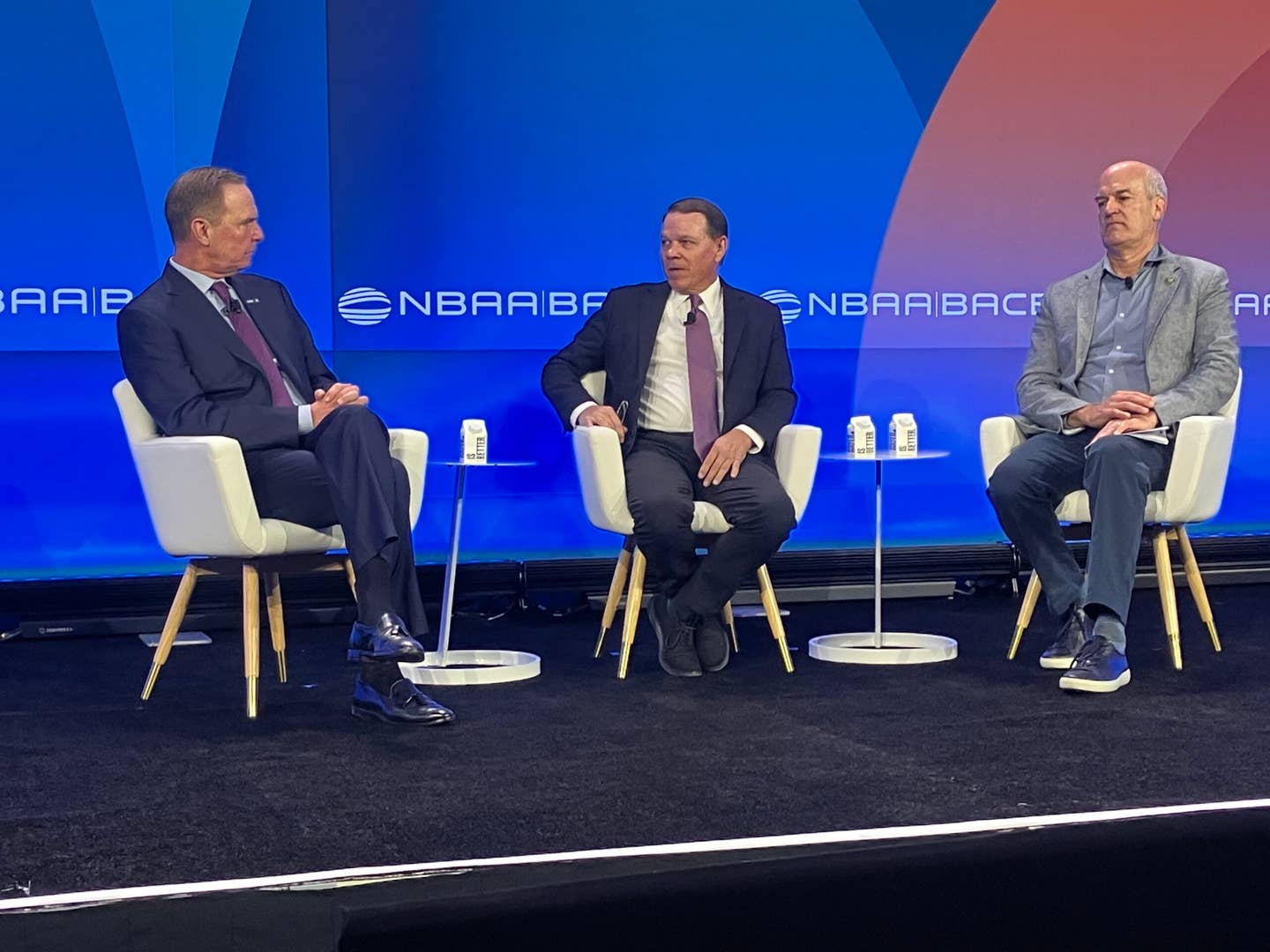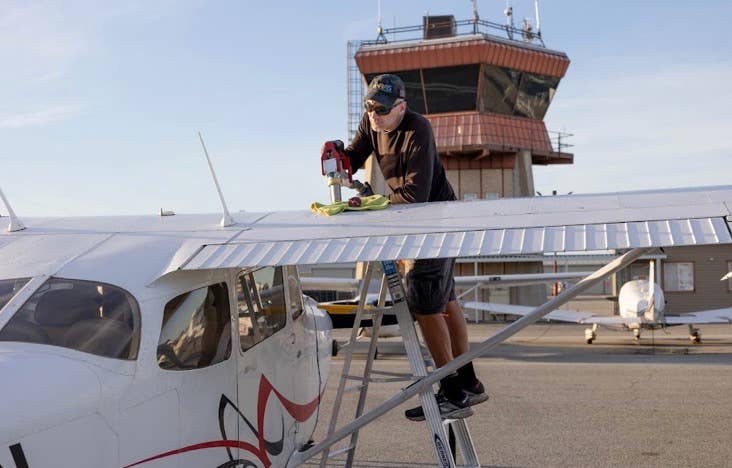Sun ‘n Fun 2024: Innovation And Grit
My highlights from Sun ‘n Fun. What did I miss?

It was good to be back in Lakeland for Sun 'n Fun and even better to have been there for the 75-degree sunny days rather than the almost-annual deluge that showed up later in the week. As shows go, it was slow for news, but news certainly wasn't absent. Moreover, it showed that the spirit of innovation and adventure among aviators and the companies that want to sell them stuff is alive. In that vein I offer three of the highlights that stood out for me. You are welcome to gently tell me what I missed in the comments.
DeltaHawk Diesel Seminoles
Probably the biggest news out of the show (although there's a close second) was the announcement of a deal between DeltaHawk and Piper to test DeltaHawk's innovative liquid-cooled 180-horsepower diesel engines on the Seminole twin. The major airframers have flirted with diesel power and Diamond has made a business out of it, but so far the engines have been mostly automotive adaptations.
DeltaHawk's is a clean-sheet, scratch-built mill that's been certified. The company is now waiting for a production certificate, and it looks like Piper might be looking at taking a run at Diamond's dominance in light twins. If ever there was an example of innovation-meets-grit it's DeltaHawk. They've been at this for almost 30 years and the payoff may be in sight.
Fuel News
General Aviation Modifications Inc. founder George Braly was at the show with Robert Emmett, an executive from Vitol Aviation, to announce that Vitol has made more than a million gallons of GAMI's G100UL and is looking for customers for it. That, says Braly, makes it "commercially available" and theoretically triggers a clause in a legal agreement in California that will compel FBOs to start selling it.
Like everything else with the glacial transition to unleaded avgas, it probably won't be that simple. When you consider that the total consumption of avgas in the U.S. is only equal to a day or two of autogas production, there seems to be an awful lot of intrigue about getting a universally accepted replacement for 100LL. Without going over ground pounded to dust in these columns and others, the announcement is another step in that process, one that is not universally welcomed.
But again, we have that innovation-meets-grit factor and it looks like Braly, who has invested a lot of his own money and most of his time over the past 15 years to deliver that fuel, may also be nearing the finish line. But keep the corks in the champagne. Lycoming issued some opinions on a related fuel issue involving its engines and Swift 94UL in University of North Dakota Piper Archers that could result in a rewrite of fuel specifications. We'll get into that in more detail after my jet lag, prolonged by annoying and expensive flight delays, wears off a little.
The Night Show
I know it's an odd topic for a news highlights column but it was just so damn spectacular I had to mention it. Night shows have only been around for about a decade or so but they have come a long way. From afterburner flames providing the main wow factor, they've become multimedia extravaganzas that are now the most popular events in major airshows.
But it's not just showbiz. The Sun 'n Fun shows (there are now two of them) included drones, fireworks, powered parachutes, oh, and afterburner flames. The integration of all those platforms and the development of technologies to create those spectacles must have spinoffs in the business side of the industry. And isn't that what exhibitions like this are meant to do?
And that's not mentioning the community involvement factor. Thousands of people with no connection to aviation were stunned by the display and it undoubtedly triggered some career plans in some people. And for the airshows that haven't yet moved to a night show, take some lessons from SNF. It was great.
My Trip Home
It's a long way home for me from Florida even when the travel gods are with me. Suffice to say the delays and a missed connection (resulting in a $300 layover in Toronto) were frustrating, but there was one priceless moment.
After my hotel stay in Toronto, I was on my final flight and wondering about the delayed pushback when the dreadful PA announcement from the fight deck blasted through the opening scenes of a Ted Lasso episode. There were "a couple of technical issues" with the state-of-the-art A220 that would otherwise be whisking me back to the wilds of British Columbia.
A few minutes later, a truck carrying two technicians pulled up in full view of seat 33F. They went over to the gear area out of my view but they didn't have any tools or parts with them. I never saw them take anything from the truck or the airplane. One of them came into the cabin and was doing something near the flight attendant's seat in the middle of the plane. A few minutes later, the captain announced the repairs were "at the stage where we have to power down the airplane."
The APU wound down, the lights flickered off and in the ensuing silence I marveled at just how noisy a plane at the gate is. About 30 seconds later, the APU wound up, the lights came back on and Jason Sudeikis again twanged on to the very nice entertainment display. The captain came back on and said we'd be on our way in a few minutes after the paperwork was done. Indeed, a few minutes later, the empty-handed technicians got back in the truck and cleared the ramp, having just rebooted a $50 million computer with wings. We left about an hour late but at least we left.






